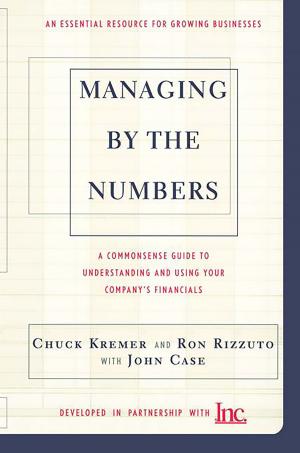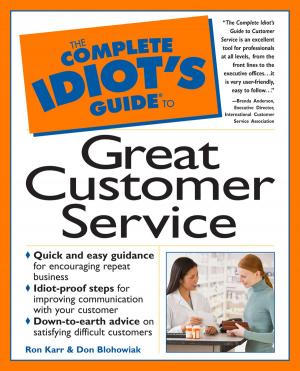| Author: | Dave Guenthner | ISBN: | 9781476027173 |
| Publisher: | Dave Guenthner | Publication: | August 15, 2012 |
| Imprint: | Smashwords Edition | Language: | English |
| Author: | Dave Guenthner |
| ISBN: | 9781476027173 |
| Publisher: | Dave Guenthner |
| Publication: | August 15, 2012 |
| Imprint: | Smashwords Edition |
| Language: | English |
Who’s stealing from your business? What are they taking and how do they do it? How do you stop them?
According to the Association of Fraud Examiners, the amount of money reported lost to business fraud each year is estimated at 6% to 10% of company revenues. That is over $400 billion dollars per year reported as lost to fraud.
Disappearing Profits defines fraud, identifies the types of businesses most susceptible to fraud, the employee’s most likely to steal from a business, how they steal and what you can do to stop the stealing.
If you’ve been in business for more than a year and you have over five employees, you have probably been the victim of some sort of business fraud. The fraud may not have resulted in a significant loss to the company … yet. The fraud may go undetected for years. Fraud always happens in a company that doesn’t think it can happen to them. If they thought it could, they would do something about it.
How would you answer these ten questions at your company?
Do you have a written code of conduct and ethics policy that all employees’ have been trained on and agreed to?
Do you live by the code of conduct and ethics policy? Are you a good example?
Do you have a culture that rewards compliance with company policy and punishes non-compliance?
Do you separate the asset responsibility from the record keeping?
Do you review the work of your longest tenured, most trusted employees on a periodic basis?
Do you know every vendor you deal with, why you deal with them and what they provide to the company?
Do you get a control listing of checks received and compare it to the deposit slip on a daily basis?
Do you review your credit card statements monthly and verify that all charges are legitimate company expenses?
Do customers claim they never got the merchandise you invoiced?
Can inventory write-offs be explained?
If the answer to one or more of these questions is no, you have an environment that is an opportunity for someone to commit a fraud against your company. The question is not if fraud has or will occur, the questions are who, when and how the fraud will occur.
Who’s stealing from your business? What are they taking and how do they do it? How do you stop them?
According to the Association of Fraud Examiners, the amount of money reported lost to business fraud each year is estimated at 6% to 10% of company revenues. That is over $400 billion dollars per year reported as lost to fraud.
Disappearing Profits defines fraud, identifies the types of businesses most susceptible to fraud, the employee’s most likely to steal from a business, how they steal and what you can do to stop the stealing.
If you’ve been in business for more than a year and you have over five employees, you have probably been the victim of some sort of business fraud. The fraud may not have resulted in a significant loss to the company … yet. The fraud may go undetected for years. Fraud always happens in a company that doesn’t think it can happen to them. If they thought it could, they would do something about it.
How would you answer these ten questions at your company?
Do you have a written code of conduct and ethics policy that all employees’ have been trained on and agreed to?
Do you live by the code of conduct and ethics policy? Are you a good example?
Do you have a culture that rewards compliance with company policy and punishes non-compliance?
Do you separate the asset responsibility from the record keeping?
Do you review the work of your longest tenured, most trusted employees on a periodic basis?
Do you know every vendor you deal with, why you deal with them and what they provide to the company?
Do you get a control listing of checks received and compare it to the deposit slip on a daily basis?
Do you review your credit card statements monthly and verify that all charges are legitimate company expenses?
Do customers claim they never got the merchandise you invoiced?
Can inventory write-offs be explained?
If the answer to one or more of these questions is no, you have an environment that is an opportunity for someone to commit a fraud against your company. The question is not if fraud has or will occur, the questions are who, when and how the fraud will occur.















